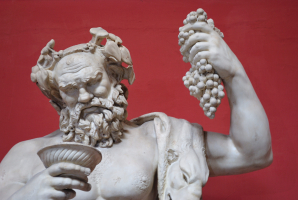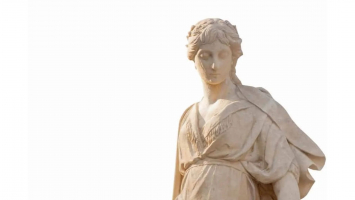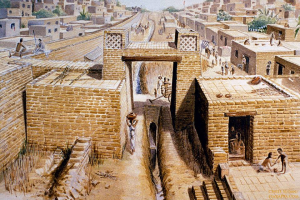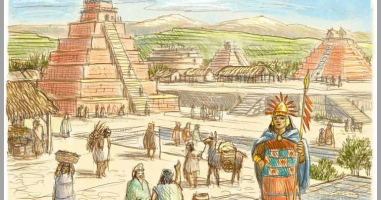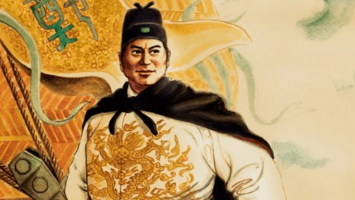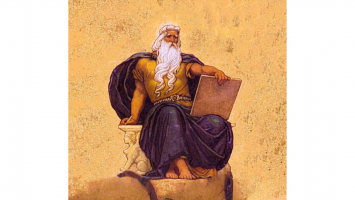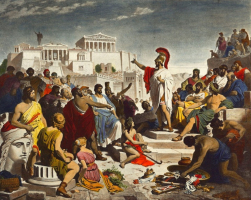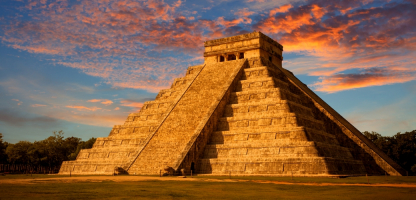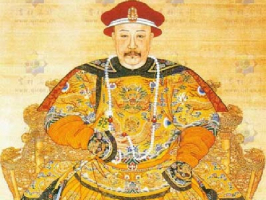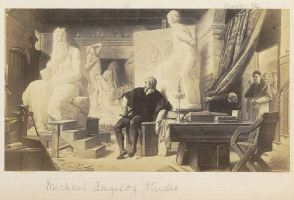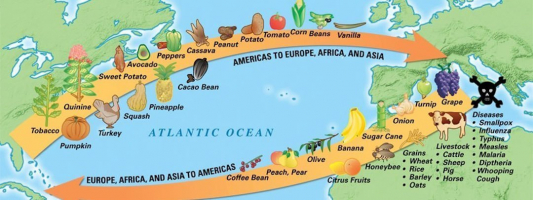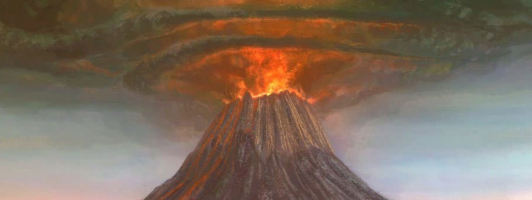Top 10 Interesting Facts On The Mummification Process
Mummification is the process of preserving a dead person or animal for a long time by preventing decomposition. It might happen naturally, or it can be done on ... read more...purpose. Here are some interesting facts on the mummification process, as well as the reasons why it was so effective at preserving the deceased.
-
Ancient Egyptians were adamant about the afterlife. They thought that your spirit would leave your body after you died, but only for a short time. The spirit would then return to your remains on a regular basis, and the body had to be in good condition for this to happen. This reunion marked the beginning of your afterlife adventure, which would be packed with countless challenges. In order to help the body reunite with the soul after death and begin your afterlife, mummification was essential.
Although there were no restrictions on who may be mummified, the technique was prohibitively expensive for many common people. The ancient Egyptians used to bury their dead in the parched desert. This caused the bodies to dehydrate due to the hot, dry sand, resulting in spontaneous mummification. As early as 2800 BC, deliberate mummification was a part of Egyptian civilization, and over time, intricate mummification procedures were developed.
The historical writings of Herodotus are the finest source for detailing the Egyptian mummification procedure. He was a Greek historian who liked Egypt and documented the 1000-year-old processes that he saw in the fifth century B.C. According to his writings, not everyone was mummified in the same way because the costs varied. The 80-day procedure was the ideal method.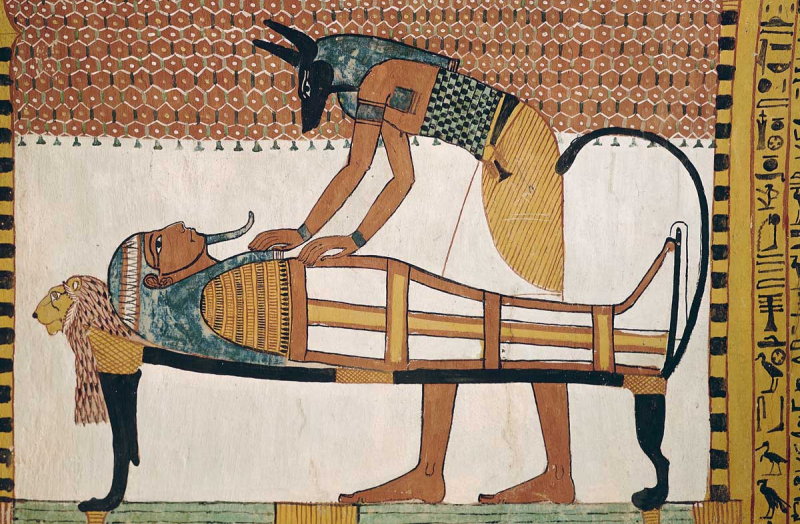
Photo: historytoday 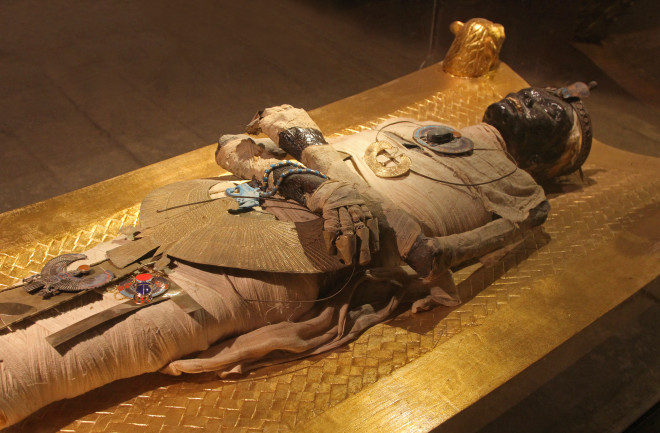
Photo: discovermagazine -
Modern Egyptologists now have a precise grasp of how the mummification process was carried out in Ancient Egypt, as a consequence of decades of research using diverse approaches. Because internal organs degrade quickly, the first step was to remove all the deceased's internal organs. This was critical in order to arrest the breakdown process. Each organ was placed in one of four Canopic jars, each guarded by one of Horus' Four Sons.
To begin, special hooked tools were put into the brain through the nostrils. The brain was then shattered into tiny bits and extracted through the nostril. This was a sensitive operation in which the face could be disfigured, and it necessitated a high level of expertise. After that, a cut on the abdomen was made, usually on the left side. Except for the heart, all the body's organs were removed through it. Because the heart was supposed to be the center of a person's emotions and feelings, it was left in situ. As a result, separating it from the body was not a good idea.
All of this occurred within the first ten days of death. The body would lie in natron powder for the next 70 days, absorbing all the humidity but not blackening and hardening the skin. Finally, the body was cleansed and bandaged with linen.
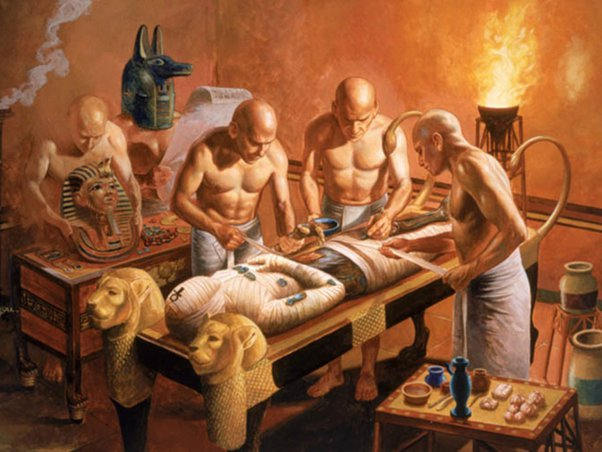
Photo: quora 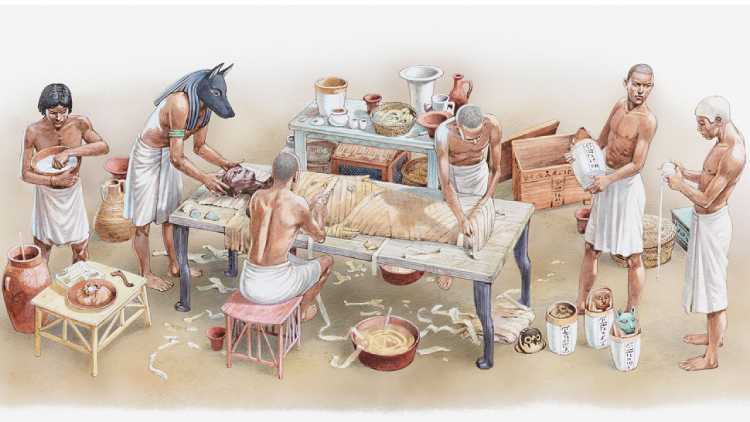
Photo: ceotudent -
Linen was stuffed into the holes formed to remove the internal organs. Internal organs were removed and stored separately. The stomach, liver, lungs, and intestines were placed in Canopic jars, which are still used today. The appearance of Canopic jars has evolved over time. Some have plain lids, while others represent human heads, while others have covers displaying the head of Anubis, the god of death and embalming, and yet others have coverings depicting the four sons of Horus, who serve as guardians of the organs in the jars.
The mummy was interred with the Canopic jars. Internal organs were not stored in jars in later Egyptian dynasties; instead, they were treated, wrapped, and returned within the deceased's corpse. Canopic jars, on the other hand, were still used in the ritual and were buried with the dead, albeit empty.
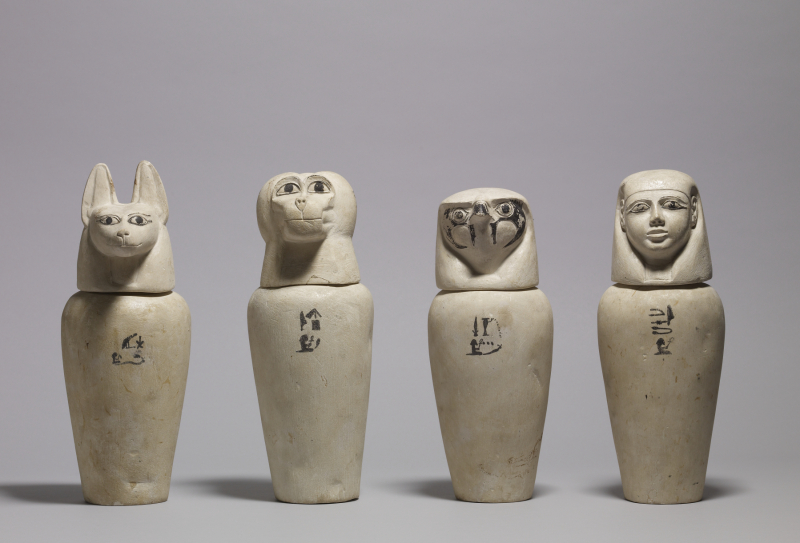
Photo: commons.wikimedia 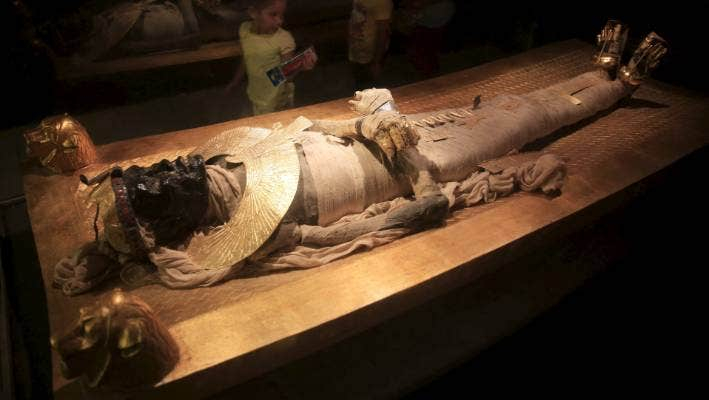
Photo: stuff.co.nz -
The following stage was to remove all the body's fluids once the internal organs were removed. The body was covered in natron to achieve this. The essential element in the mummification process was natron, a disinfectant and desiccating agent. Natron, which is made up of sodium carbonate and sodium bicarbonate (salt and baking soda), dried up the body. It was collected from dried-up riverbeds and wrapped around and inside the body in linen sacks for 35 to 40 days to drain moisture from the tissues. The bodily tissues were preserved by removing the organs and filling the interior cavity with dry natron. To make the body more flexible, it was filled with Nile mud, sawdust, lichen, and textile remnants.
Inside the body, additional natron packets were also implanted. The inside packets were removed and natron was lightly wiped off the body once it had dried fully. This process took about 40 days on average and resulted in an extremely dried-out but recognizable human figure. This maybe one of the interesting facts on the mummification process with many people because they don't think it would be taking a long time like this. The portions of the corpse that had become sunken during the dehydration process were filled out with linen and other materials to make the mummy look more lifelike. False eyes were also implanted to boost the mummy's appearance.
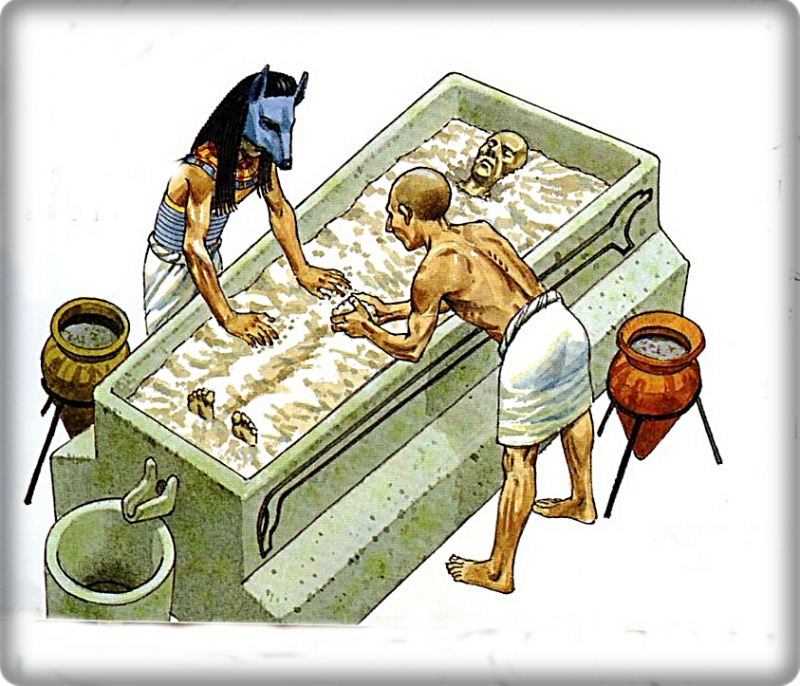
Photo: egy-king 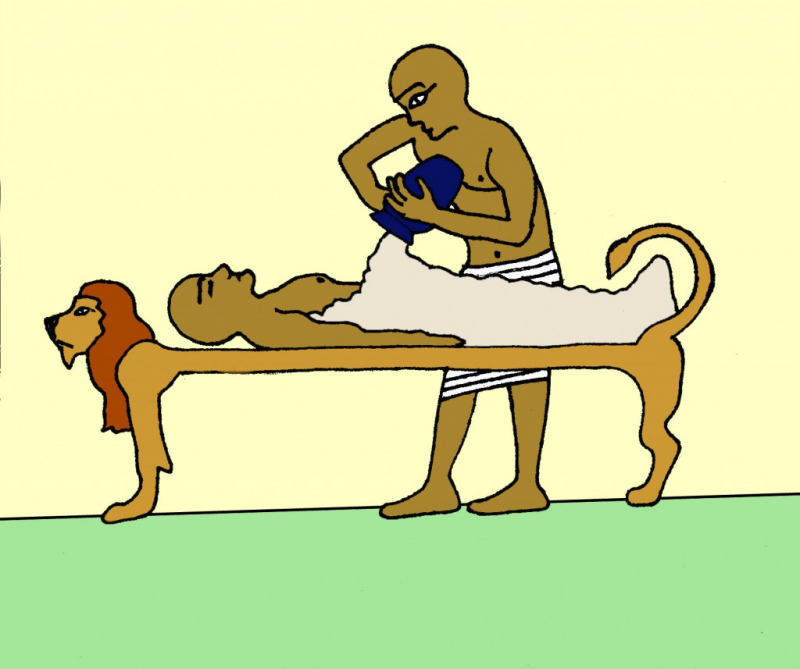
Photo: vmfa.museum -
Wrapping was the next phase in the mummification process. To wrap the mummies, hundreds of yards of linen were necessary. Long strips of linen were skillfully woven around the torso by Egyptian priests. They were so thorough that they would individually wrap each finger and toe before covering the entire hand or foot. The head and neck were wrapped first, then the fingers and toes, and finally the arms and legs.
The shape was treated with warm resin at many points during the procedure before continuing to wrap. The embalmers placed amulets between each layer of wrapping to protect the body on its journey through the underworld; a priest also assisted this journey by reading out spells while the mummy was being wrapped. Prayers and magical phrases were also inscribed on linen strips for the same reason. Between the layers of head bandages, a mask of the person's face was frequently used. This was done so that the person could be identified in the afterlife.
More linen strips were wrapped around the body, each layer cemented together with liquid resin. After that, a fabric was draped around the entire body and a painting of the god Osiris was put on it. Finally, a big cloth was draped around the entire mummy and secured with extra linen strips that stretched from top to bottom and around the mummy's middle.
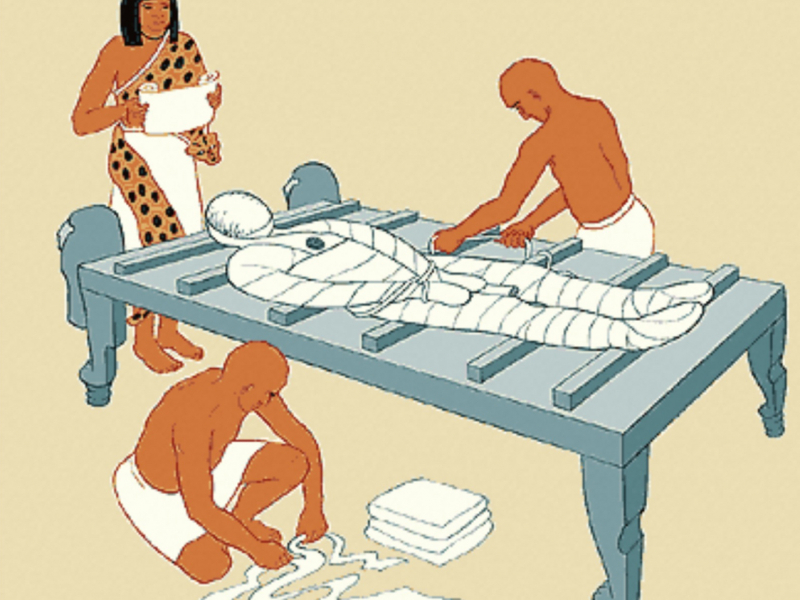
Photo: haikudeck 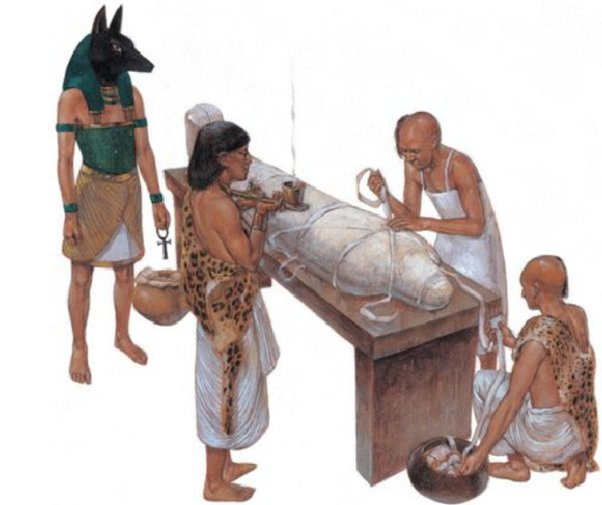
Photo: quora -
One of the interesting facts on the mummification process is, that more than simply human bodies were mummified by the ancient Egyptians. Animals were not only regarded as pets, but also as avatars of gods. As a result, Egyptians buried millions of mummified cats, birds, and other animals in temples dedicated to their gods. In Egypt, about a million animal mummies have been discovered.
Many researchers assumed that the great majority of animal mummies were churned out in a shoddy manner due to the huge scope of manufacturing. However, a new study reveals that the ancient Egyptians' animal mummification procedures were often as elaborate as those used on the best-preserved human corpses. Animal mummies appear to have been smeared or immersed in some form of glue and oil before being wrapped in many cases, according to the researchers, a technique significantly less complicated than that seen in human mummies.
The reason the vast majority of these animals were mummified was because of their link with ancient Egyptian gods. Cats, for example, were thought to be the embodiment of Bastet, the goddess of music and joy who also served as a guardian of women. The Apis bull, a revered Egyptian animal, became recognized as the manifestation of Osiris, the Egyptian deity of embalming and cemeteries. Hawks were identified with Horus (the god of light), ibises with Thoth (the deity of wisdom and learning), and so on by ancient Egyptians.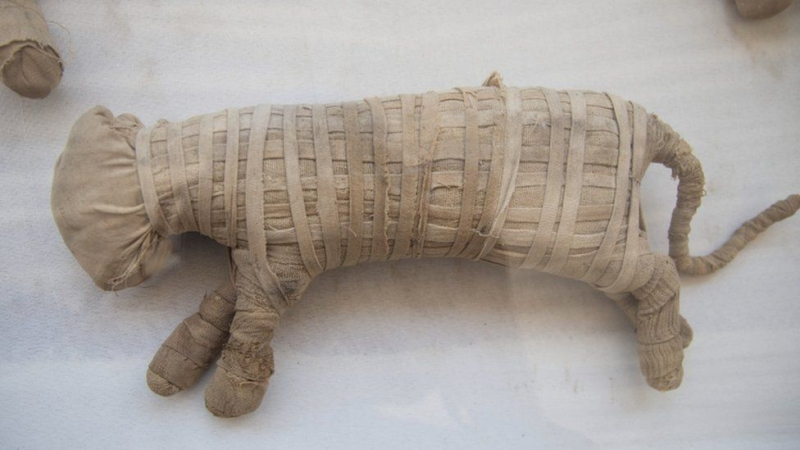
Photo: bbc 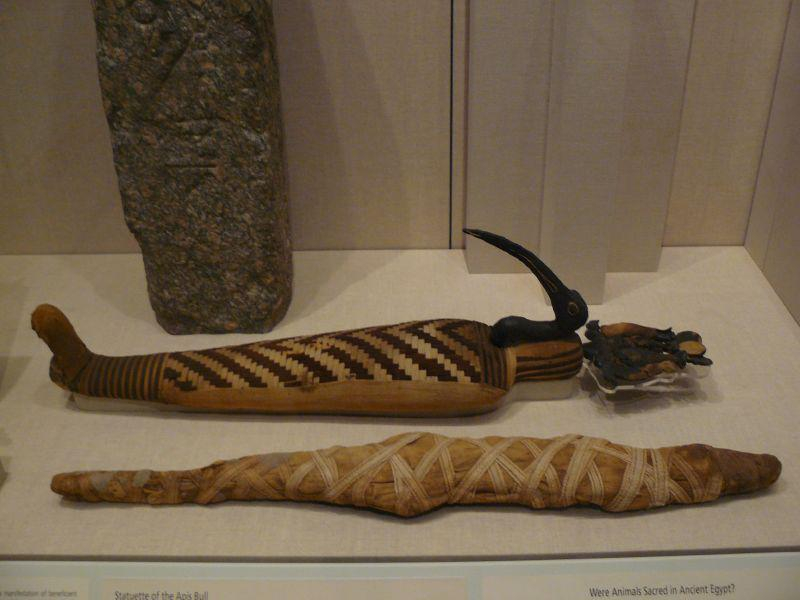
Photo: forbes -
The Egyptian method of mummification was so effective that we may still tell how a person appeared by analyzing his or her mummy after 5000 years. In a non-mummified body, on the other hand, the decomposition process begins a few hours after death and takes a few months for the flesh to entirely decompose, leaving only the skeleton remains.
Autolysis is the initial stage of decomposition following death. Autolysis, also known as self-digestion, is the process of a cell being destroyed by its own enzymes. It starts soon after death, and internal organs such as the intestines automize swiftly, since they contain digestive enzymes that aid in self-digestion. The organs are removed since leaving them in place would cause the body to deteriorate. To assist avoid rotting, as much water as feasible was eliminated. The organs not only retained a lot of water, but they also harbored bacteria and other decay-promoting chemicals like bile or partially digested food. To prevent deterioration, the first step in mummification is to remove internal organs. So the first of mummification is absolutely necessary to prevent autolysis and halt decomposition.
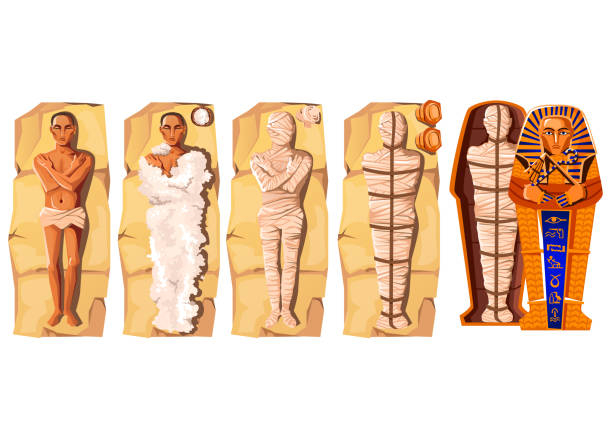
Photo: istockphoto Source: Nicole Beahan youtube channel -
Putrefaction is the second step of decomposition. Bacteria in it decompose the remaining organic matter. Bacteria are parasite bacteria that flourish in the damp environment of decomposing flesh and organs. Bacteria, on the other hand, require water or moisture to survive and function. Bacteria cannot grow in the absence of moisture. This concept is similar to that of drying foods to extend their shelf life.
As a result, mummification's purpose is to remove all moisture from the deceased body, both inside and out. As previously stated, this was accomplished using natron. To absorb any remaining moisture, the body was covered in layers of linen. Resin, a sticky organic substance, was used to fill the gaps between the layers, preventing moisture from entering the mummy. The resin was also placed to the coffin to seal it as an extra precaution. The efficiency of the mummification process was ensured by all of these factors.
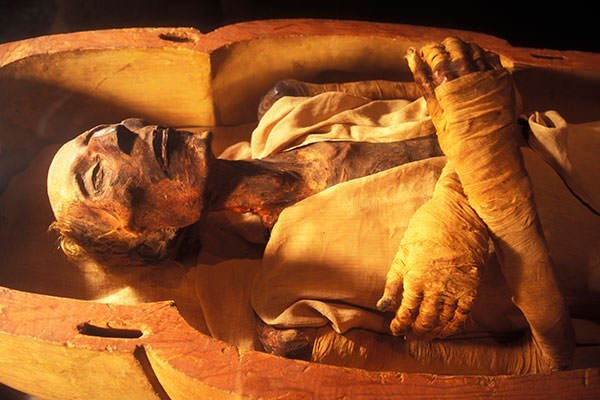
Photo: learnodo-newtonic 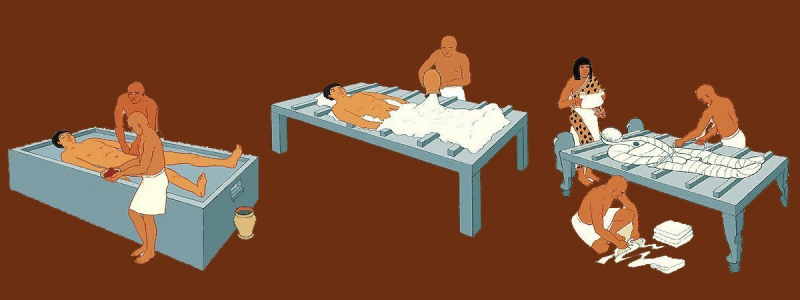
Photo: learnodo-newtonic -
Mummification is a natural process that can take place. This is most common in freezing temperatures, such as those found in glaciers; highly arid conditions, such as those found in deserts; or anaerobic environments, such as those found in bogs.
Because these conditions are unsuitable for bacteria to flourish, decomposition does not occur. Natural mummification can also occur as a result of unintentional chemical exposure, which dries the body and prevents bacteria from forming.
Mummies made of natural materials have been discovered all over the world. Natural mummification was used to create the oldest mummy ever discovered in North America, which was discovered near Fallon, Nevada. It was discovered wrapped in a Tule mat in a small burial and preserved by the cave's dry atmosphere and rarefied air. The individual was discovered in 1940 and was originally thought to be between 1,500 and 2,000 years old, but was later radiocarbon dated in the 1990s and found to be over 10,000 years old, according to Live Science.
Another well-known naturally preserved mummy is Ötzi the Iceman, who lived around 5,300 years ago and is the oldest known in Europe. Ötzi's body was preserved in the snow and ice after he was slain in what is now the Italian Alps, until travelers discovered his bones in 1991.
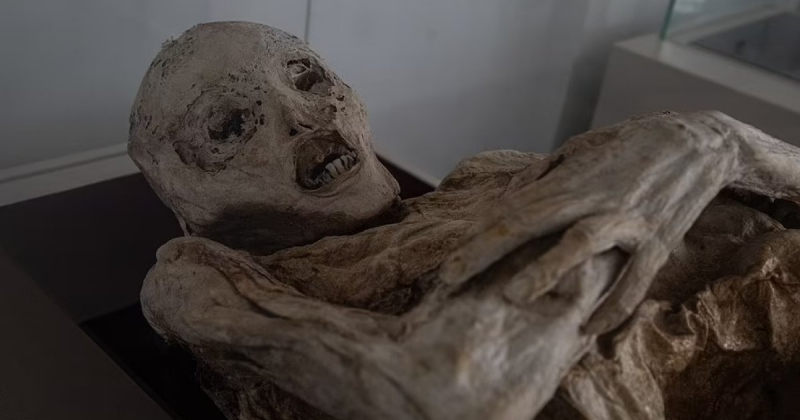
Photo: world-today-news 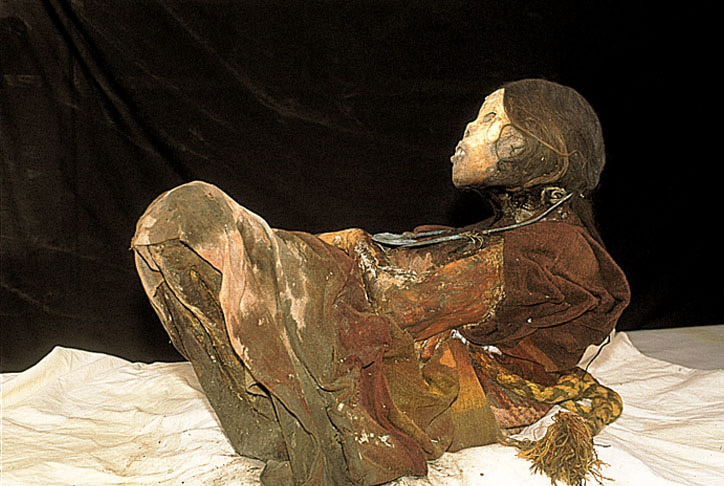
Photo: sciencebuzz -
The process of mummification is so closely linked to ancient Egyptian society that the word mummy has become synonymous with it. The technique, however, was carried out by distinct cultures on every continent on the earth. Small fishing villages known as the Chinchorro generated the world's oldest known mummies. Around 7,000 BC, the Chinchorro people established in coastal bays of the Atacama Desert, in what is now Chile, and developed a mummification process around 5,000 BC. That's about 2,000 years before the Egyptians arrived. The Egyptians, on the other hand, were a complex society that mummified aristocratic pharaohs, but the Chinchorro were pre-ceramic hunter-gatherers who honored the dead in a more egalitarian manner.
The Chinchorro removed the dead bodies' flesh, dried the bones using hot ashes, reapplied the skin, and supplemented with sea lion or pelican skin when necessary. Mummification was also performed by other societies, such as the Inca and Aztec of pre-Columbian Americas; the Maori of New Zealand; the Guanches of the Canary Islands in modern-day Spain; and the Ibaloi of the northern Philippines.
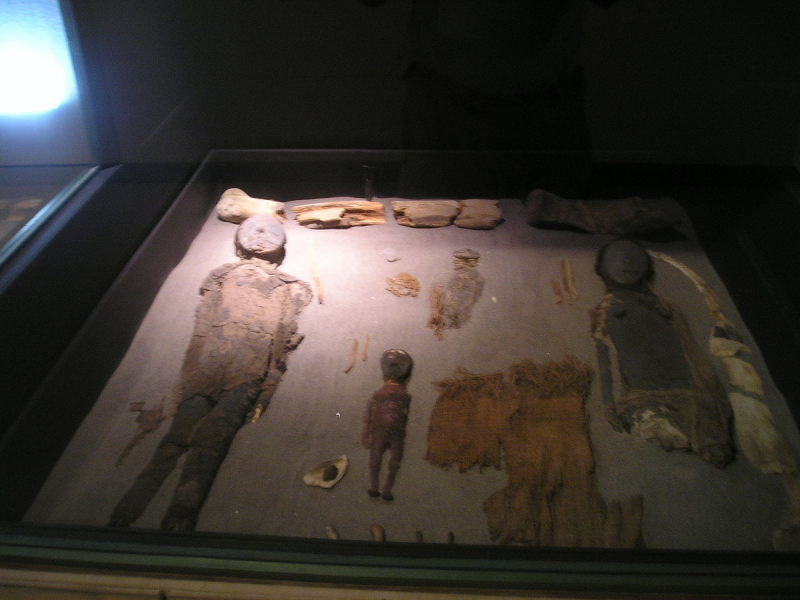
Photo: wikipedia 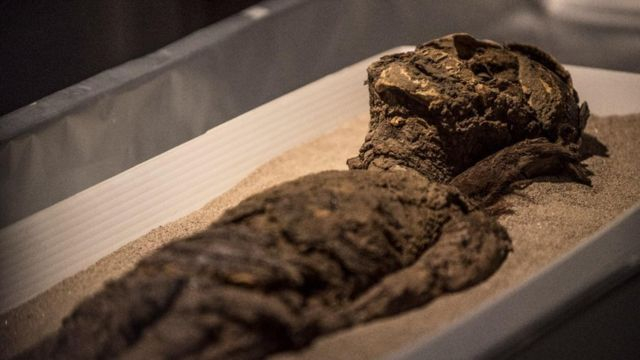
Photo: digismak












